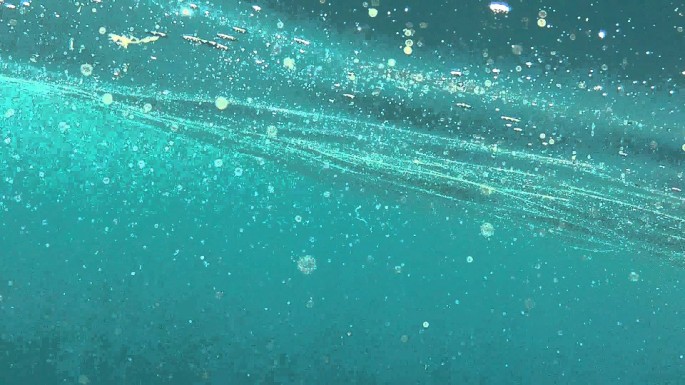Scientists recently released the most complete ocean plankton study ever. They learned that the microorganisms do much more than function as whale food and account for half of Earth's oxygen production.
Plankton are at the bottom of the marine food chain, serving as grub for several marine animals such as blue whales. They also produce tons of oxygen through photosynthesis.
In the Tara Ocean Project, the researchers remained aboard the schooner Tara for 3-1/2 years, and 87,000 miles (140,000 km). The researchers collected 5,000 plankton samples from 210 global sites. The scientists determined the microbes' distribution, tracked plankton interaction, and conducted genetic analyses.
Plankton are various types of sea organisms. They include tiny bacteria, viruses, plants, fish larvae, and animals. Chris Bowler, a research director at the National Center for Scientific Research, said that plankton have many functions besides whale food.
Bowler explained that the super small plankton are critical elements of the Earth's "life support system." Through the photosynthesis process they yearly provide much of Earth's oxygen.
The scientists completed the largest DNA sequencing project ever in the field of ocean science. They identified about 40 million plankton genes, and most were previously undiscovered.
Bowler explained that plankton remove carbon dioxide from Earth's atmosphere, and then use photosynthesis to convert it to organic carbon. This creates a microbe shield from the more carbon dioxide being produced by burning fossil fuels.
The scientists experienced many sailing hardships during their scientific voyage. They included the French navy providing pirate protection, and being trapped in Arctic ice for 10 days, according to Reuters.
The scientists discovered that most of plankton organisms' interactions were parasitic relationships. They also found a wide distribution of virus microorganisms in the oceans.
Jennifer Brum, a University of Arizona oceanographer, explained that every mouthful of seawater contains about 200 million viruses. These viruses are infecting around 20 million bacteria.
The scientists identified over 5,000 virus populations in the upper parts of Earth's oceans, according to Discovery. However, all except 39 of the microorganism populations were new virus types.
The new study was published in the journal Science.



























